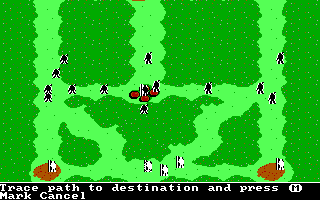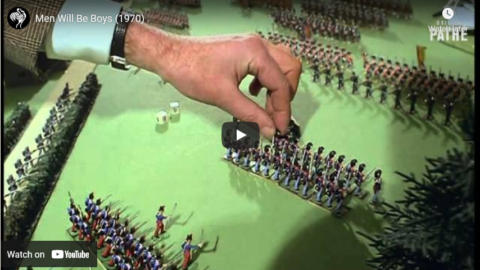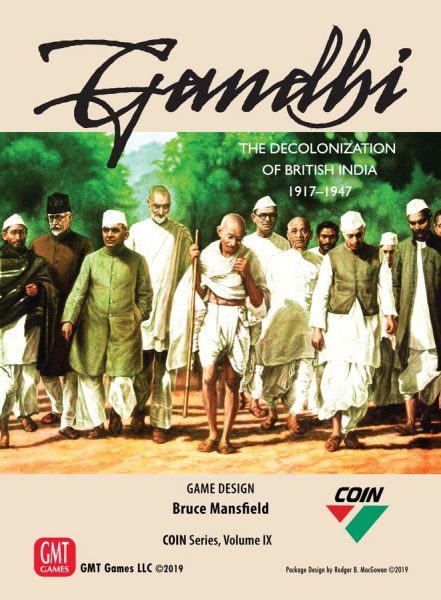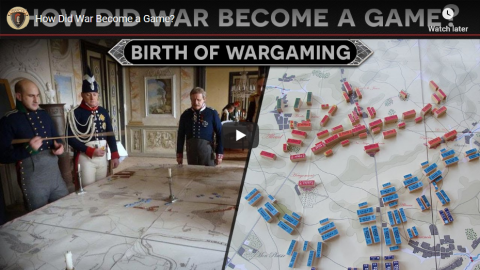A couple of years ago, Rob Griffiths looked at some computer hobbyist magazines from the 1980s and had both nostalgia for the period and sticker shock from the prices asked for computer games and business software:
A friend recently sent me a link to a large collection of 1980s computing magazines — there’s some great stuff there, well worth browsing. Perusing the list, I noticed Softline, which I remember reading in our home while growing up. (I was in high school in the early 1980s.)
We were fortunate enough to have an Apple ][ in our home, and I remember reading Softline for their game reviews and ads for currently-released games.
It was those ads that caught my eye as I browsed a few issues. Consider Missile Defense, a fun semi-clone of the arcade game Missile Command. To give you a sense of what games were like at the time, here are a few screenshots from the game (All game images in this article are courtesy of MobyGames, who graciously allow use of up to 20 images without prior permission.)
Stunning graphics, aren’t they?
Not quite state of the art, but impressive for a home computer of the day. My first computer was a PC clone, and the IBM PC software market was much more heavily oriented to business applications compared to the Apple, Atari, Commodore, or other “home computers” of the day. I think the first game I got was Broderbund’s The Ancient Art of War, which I remembered at the time as being very expensive. The Wikipedia entry says:
In 1985 Computer Gaming World praised The Ancient Art of War as a great war game, especially the ability to create custom scenarios, stating that for pre-gunpowder warfare it “should allow you to recreate most engagements”. In 1990 the magazine gave the game three out of five stars, and in 1993 two stars. Jerry Pournelle of BYTE named The Ancient Art of War his game of the month for February 1986, reporting that his sons “say (and I confirm from my own experience) is about the best strategic computer war game they’ve encountered … Highly recommended.” PC Magazine in 1988 called the game “educational and entertaining”. […] The Ancient Art of War is generally recognized as one of the first real-time strategy or real-time tactics games, a genre which became hugely popular a decade later with Dune II and Warcraft. Those later games added an element of economic management, with mining or gathering, as well as construction and base management, to the purely military.
The Ancient Art of War is cited as a classic example of a video game that uses a rock-paper-scissors design with its three combat units, archer, knight, and barbarian, as a way to balance gameplay strategies.
Back to Rob Griffiths and the sticker shock moment:
What stood out to me as I re-read this first issue wasn’t the very basic nature of the ad layout (after all, Apple hadn’t yet revolutionized page layout with the Mac and LaserWriter). No, what really stood out was the price: $29.95. While that may not sound all that high, consider that’s the cost roughly 38 years ago.
Using the Bureau of Labor Statistics’ CPI Inflation Calculator, that $29.95 in September of 1981 is equivalent to $82.45 in today’s money (i.e. an inflation factor of 2.753). Even by today’s standards, where top-tier games will spend tens of millions on development and marketing, $82.45 would be considered a very high priced game — many top-tier Xbox, PlayStation, and Mac/PC games are priced in the $50 to $60 range.
Business software — what there was of it available to the home computer market — was also proportionally much more expensive, but I found the feature list for this word processor to be more amusing: “Gives true upper/lower case text on your screen with no additional hardware support whatsoever.” Gosh!
H/T to BoingBoing for the link.



















